If the market has taught us anything these past couple of decades or so, it’s that there can never be enough SUV and crossovers. Despite already having a few models in its range including the compact-sized CX-30, the electric MX-30 and of course, the CX-5 (not to mention the mid-size CX-9), Mazda churned out yet another compact SUV called the CX-50, which it started developing some four years ago.
While falling in the same segment as the CX-5 that is Mazda’s best selling vehicle in North America right now, the new CX-50 has a slightly bigger footprint, it looks butchier and promises to match those looks with increased off-road capabilities versus its cousin. It also marks Mazda’s return to U.S. manufacturing.
With the CX-50 about to go on sale in North America, we were invited to drive the new SUV in every way that Mazda expects customers to, on-road, off-road, and while towing. Here’s everything that we loved, some stuff that wasn’t so great, and where we think the latest product from Mazda fits in.
Quick Facts
› Model: 2.5
› Price range: $26,800 to to $36,400
› Dimensions: 185.8 in (4,719 mm) L x 75.6 in (1,920 mm) W x 63.5–63.9 in (1,613–1,623 mm) H
› Wheelbase: 110.8 in (2,814 mm)
› Power: 187 horsepower and 186 lb-ft (252 Nm) of torque
› On Sale: March 2022
› Model: 2.5 Turbo
› Price range: $36,400 to to $41,550
› Dimensions: 185.8 in (4,719 mm) L x 75.6 in (1,920 mm) W x 63.5–63.9 in (1,613–1,623 mm) H
› Wheelbase: 110.8 in (2,814 mm)
› Power: 256 hp and 320 lb-ft (433 Nm) of torque
› On Sale: March 2022
America First
The CX-50 is unlike the vast majority of the Mazda lineup because it was specifically designed for North America. In fact, it’s their first model to roll off the line of Toyota and Mazda’s new joint venture plant in Huntsville, Alabama that also produces the similarly-sized 2022 Toyota Corolla Cross. Mazda hopes that it will carry a powerful and tough presence. To that end, they’ve squared the body off more than other models, added aggressive design flourishes, and even included wide fender flares so that the tires can stick out a bit further than on the CX-5.
First Drive: 2022 Toyota Corolla Cross Build’s On Sedan’s Legacy In The Age Of SUVs
Pricing for the CX-50 starts at $26,800 and with a total of 10 different trims, it can climb up to $41,550 or more if you start ticking option boxes. Each and every one of them gets a slew of standard features you’d expect for a vehicle in this class like all-wheel-drive, an off-road mode, and a new feature called GVC which we’ll dig into a little later.
Interior Details And Styling
Like just about every other Mazda on sale today, the CX-50 continues a trend of punching above its weight class with regard to a matured interior design. Simple elegance is an underrated quality and Mazda pulls it off beautifully. There’s a real cohesion of design that flows from the driver’s cockpit to both door panels and then back into the rear seating area.
That rear seating area is pretty spacious too and the wide fenders play a role in that by allowing the wheels to sit further apart. For me, headroom was a little lacking but the vast majority of folks won’t have that issue. Legroom was a solid win too with a few inches between my knees and the seat ahead of me. Cargo space is above average too with more depth than width. The panoramic sunroof on our test car is another first for Mazda. With it open and the windows down, it feels almost like a convertible SUV as the sun shines down into the cabin.
It’s not all sunshine and rainbows though. The front seats aren’t wildly comfortable or supportive. From about my shoulder blades up, there was no support as the seats lean back too far from the middle section up. There was no adjustment I found that fixed that. In addition, the front bolster support wasn’t very supportive even in its highest setting. I wondered if those gripes had to do with my height (6’6) but after talking to many others of various heights, similar complaints were found.
The climate control had to work pretty hard to keep the car cool during a sunny 85-degree Californian day. I spent maybe 10 minutes with it in its highest setting to reach my desired 72-degree temperature. The ventilated (and heated) seats did a great job though. We do wonder how well some of the materials will hold up over time. The buttons and switches had more play in them than their pseudo-luxury look suggests and while the upholstery and other materials look nice, they feel like the type of stuff that won’t look or feel nearly as good in 10 years’ time.
CX-50 Technology
Mazda has fit every CX-50 aside from the base trim with a big wide 10.25-inch infotainment system with Android Auto and Apple CarPlay connectivity. The base version gets an 8.8-inch unit that’s very bright and even in direct sunlight was easy to see. When not utilizing Android or Apple systems, the interface is totally controlled with a dial and buttons in the center console. While that might sound archaic, it’s actually very intuitive and easy to use after very little practice.
Most CX-50s will come with eight speakers but the car we tested had a premium Bose sound system with 12 speakers and some cool audio technology that could both change volume automatically based on road noise, and can also provide a more surround-sound experience. As far as car audio systems go it’s above average and has good depth, bass, and clarity.
Again, though, there are some issues. For one, the wireless charging pad required my phone without a case to be in such a precise location (within a couple of millimeters) on it that I basically quit using it. There are no USB-C ports or a household-style outlet anywhere either which feels like a big miss for an SUV that’s supposed to be great for the outdoors.
In addition, while I applaud Mazda’s desire to keep drivers as safe as possible, continuing to hold out touchscreen capability at this point feels doltish. Once Android Auto or Apple CarPlay is activated the screen is touch compatible so why not just allow it to be all the time? The tech is already there, just enable it already for drivers that want to use it.
What Mazda does offer is a full suite of advanced driver assistance technologies that work well for the most part. The lane-keep assist isn’t overly intrusive but can’t be turned off as easily as we’d like. Beyond that, the other systems are absolutely excellent. Adaptive cruise works brilliantly and can stop and go without issue. Those features as well as blind-spot monitoring and forward-collision warning come standard on every trim.
Driving Impressions
Two different engines are available on the CX-50. The base is a naturally aspirated 2.5-liter four-cylinder that makes 187 hp and 186 lb-ft of torque. The model we drove uses the more potent turbocharged version of that engine which makes 256 hp and 320 lb-ft of torque. Both send power to all four wheels through a six-speed automatic transmission.
Why did Mazda stick with a six-speed autobox instead of a more popular eight, nine, or 10-speed? Well, the automaker says that it allows them to be in the right gear more often, a part of its Jinba Ittai mindset with regard to building all of its products. That phrase directly refers to the connection between a horse and its rider and how tactile feedback is the main means of communication between the two.
Mazda went as far as to measure the electrical signal given off by the driver’s calf muscles during testing in an aim to gain insight into how to make the CX-50 feel more natural to drive. Did it pay off? Sometimes yes and sometimes no but to really define it, let’s break it down into the different types of driving that CX-50 drivers are most likely to do.
On-Road
As Mazda correctly points out, most people looking for a soft-roading sort of vehicle will do 90 percent or more of their driving on the road to get to their destination before going a far shorter distance off-road. With respect to that, Mazda didn’t want to compromise on-road feel for extreme off-road capability and we can confirm that they achieved that goal. The CX-50 is a good driver’s car overall and sports normal all-season street tires. It handles well above average and to hear Mazda tell it, a great deal of that has to do with a new technology called GVC Plus or G-Vectoring Control.
Totally different from torque vectoring, GVC is a system that detects cornering and then very slightly shifts weight onto the front tires by dropping a non-detectable amount of power to the engine. That slight shift of weight onto the front tires allows the rubber to get a better bite which in turn provides better feedback and more confidence-inspiring performance. Mazda has similarly tuned the AWD system to split torque in the best way for the moment it’s needed.
When entering a corner, the CX-50 de-couples the rear wheels to the maximum extent allowing for better turn-in, and then adds power back in after the apex. Again, all of this is supposed to be undetectable but the one thing we can assure you of is that this SUV carves corners incredibly well. Sport mode makes that even more enjoyable thanks to sharper steering and more aggressive shift points.
That’s not to say that this is a perfect car on road though as the cabin allowed in quite a bit more road noise than we expected it would. Though not a scientific test by any means, the decibel reader on three different applications on my phone never read less than 60 while the vehicle was in motion and often blipped up over 70. Poor road conditions meant sharp and relatively loud impacts could be heard and felt in the cabin, though the suspension made sure that they didn’t have a lasting effect on ride quality.
Finally, not having driven the base engine we can’t be sure how it would feel but we imagine it’ll seem underpowered to most drivers. The turbocharged engine in our test car was more than adequate but the initial take-off felt a little delayed and the transmission does need a moment to swap cogs into the correct gear. Finally, even in Sport mode, the CX-50 won’t rev to the redline. For that, you need to turn the traction control off and shift it manually. We suspect that has something to do with the fairly smallish turbo that feels like it’s running out of steam near the top of its 6,300 RPM redline.
Towing
New for Mazda and the CX-50 is a Tow Mode which automatically takes the place of Sport Mode when a trailer is detected by the onboard computer. To put it simply, the system works well. Instead of trying to feel like a different vehicle, Mazda has taken the approach that each mode is designed for a specific type of setting and the goal is to make the car drive similarly regardless of the surface or setting that it’s on or in. In the case of towing, Mazda turns up the GVC to add more steering feel while also changing shift points to allow for better towing capability. It does indeed feel better than trying to do the same job in Normal mode; it requires less steering input and gives you more confidence on the road too.
Off-Road
In my eyes, this is where the CX-50 really shines. Lots of cars today can handle well while also hauling five people in comfort with all of their gear in the back. I’m not sure I can confidently name another one that can also go off-road like this one for the money Mazda is asking for. To test the CX-50, Mazda sent us to a working cattle ranch that featured a number of off-road trails across its vast expanse.
First, they put us on a winding autocross style course and told us to do our best to drive the whole thing at 30 mph. No lifting in the corners, no braking, and no accelerating on the straights. Adhering to those rules proved harder for me than the course did for the CX-50. Despite dips, off-camber corners, and big ruts on one side or the other of the track, the SUV did a fine job of maintaining traction. Mazda also let us try out the same course in Normal and Sport mode. The former required more steering input than in Off-Road mode and the latter produced sincere slides and the only time in the entire drive that opposite lock steering was required to keep me on track.
Last, they sent us to a section of the ranch with huge steep climbs, descents, and a few hills that were so off-camber and slanted that I could look out of the passenger window and see the ground to my right. It’s here where I began to appreciate just how good the CX-50 actually is at getting dirty. Multiple times across the course the nose of the car would be pointed so far up into the stratosphere that we couldn’t see the ground ahead of us.
In those moments, Mazda told us to use the front camera to get a better view. That worked well until one of the tires was picked up off of the ground, spun at over 10 mph, and subsequently triggered the ‘off’ setting on the camera. Perhaps that needs to be reprogrammed. That happened often and while it’s no fun losing the camera, it highlights a couple of interesting facts about the CX-50.
The suspension doesn’t have much travel, which is one reason it ends up tri-poding so often on trails like the one we drove. For serious off-roaders that’s annoying but thankfully, Mazda has a trick up its sleeve. When the CX-50 detects that wheel slip, traction control automatically brakes that wheel and then sends power across the axle to get the car moving. In addition, the traction control prioritizes acceleration over minimizing wheelspin so the safety system won’t stop forward progress even if much of it is the product of wheelspin.
As a result, the CX-50 is quite the capable off-roader considering that it’s still a front-wheel drive-biased crossover with street tires on it. It had no real trouble getting up or going down any of the obstacles we encountered and to me, that’s saying something. At one point on the off-road course, I sincerely wondered if I had somehow managed to get off of the track because the hills seemed like they might be too much for the Mazda. As it turns out, none of them were.
The Verdict
| Package | Starting MSRP |
|---|---|
| CX-50 2.5 S | $26,800 |
| CX-50 2.5 S Select | $28,200 |
| CX-50 2.5 S Preferred | $29,500 |
| CX-50 2.5 S Preferred Plus | $31,940 |
| CX-50 2.5 S Premium | $34,400 |
| CX-50 2.5 S Premium Plus | $36,400 |
| CX-50 2.5 Turbo | $36,400 |
| CX-50 2.5 Turbo Premium | $39,550 |
| CX-50 2.5 Turbo Premium Plus | $41,550 |
Confidence-inspiring is perhaps the best phrase to describe the CX-50. It’s not a tour-de-force of technology, comfort, or fuel economy but that’s not what it’s trying to be anyway. It’s more about the driving than any of that stuff. I don’t have a lot of towing or off-road experience under my belt and it seems that Mazda’s target demographic is people in the same shoes. For them, the CX-50 should prove to give them the confidence they need to really enjoy driving this SUV at speed, or with a trailer full of stuff, or even up and down some steep off-road trails. For those seeking a well-balanced vehicle that can go way off-road and then get them back safely, the CX-50 might be the gateway to the Great Outdoors that they’re looking for.
As for the other similarly-sized SUV in Mazda’s range that will obviously be cross-shopped in showrooms, the CX-5, the CX-50 is a little larger, more rugged and a bit more off-road focused, but it’s also a little more expensive.
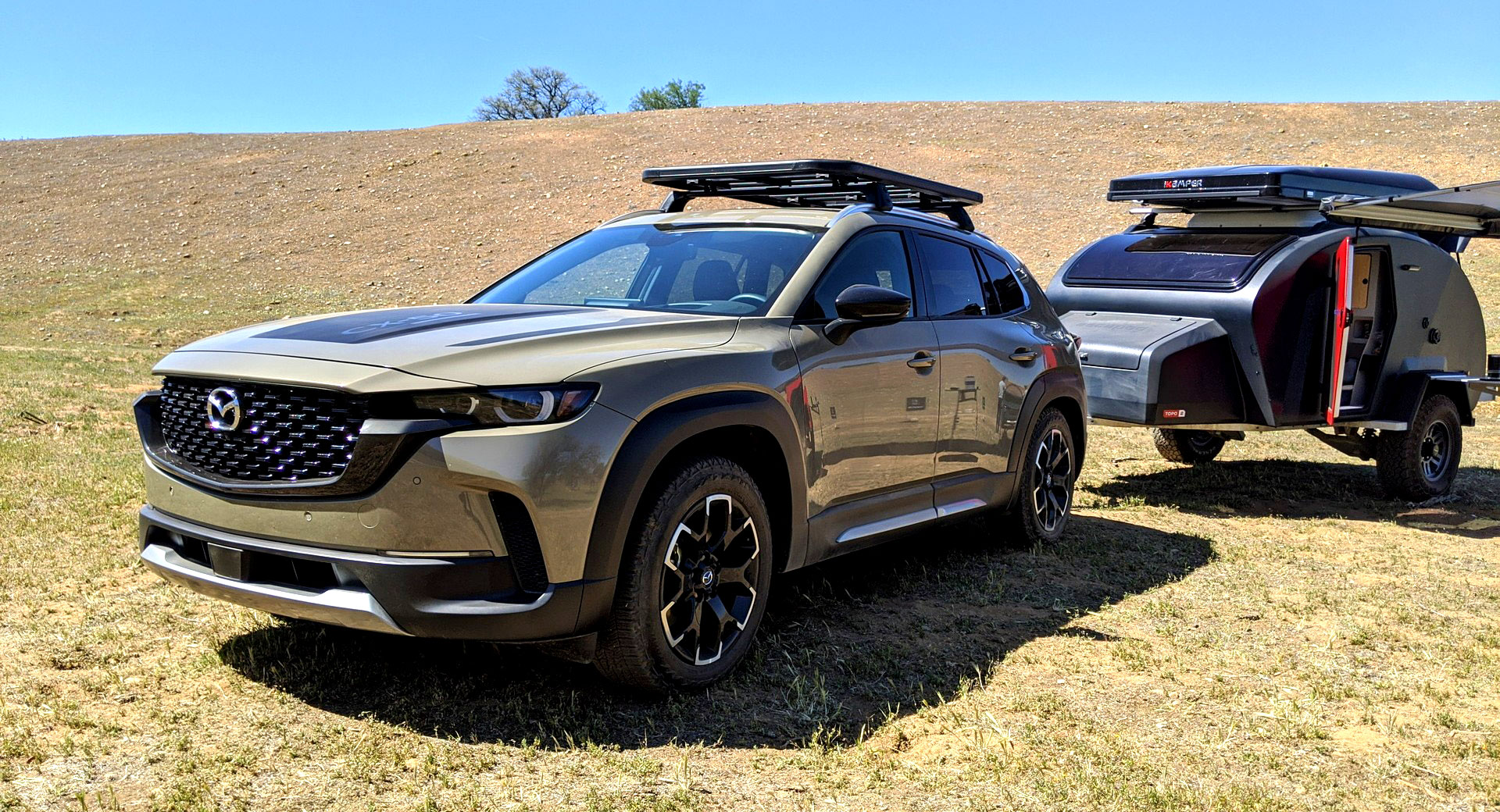
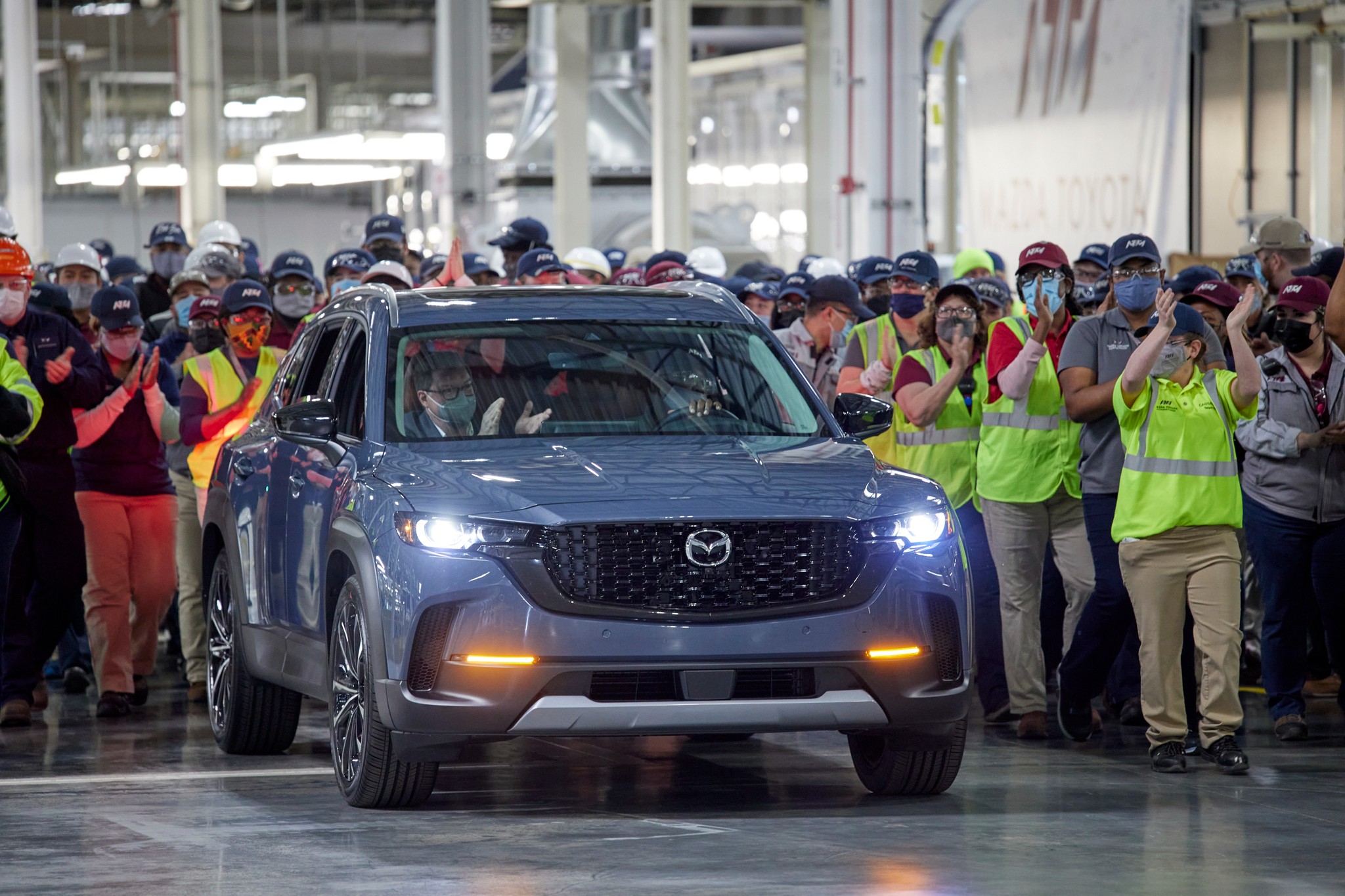
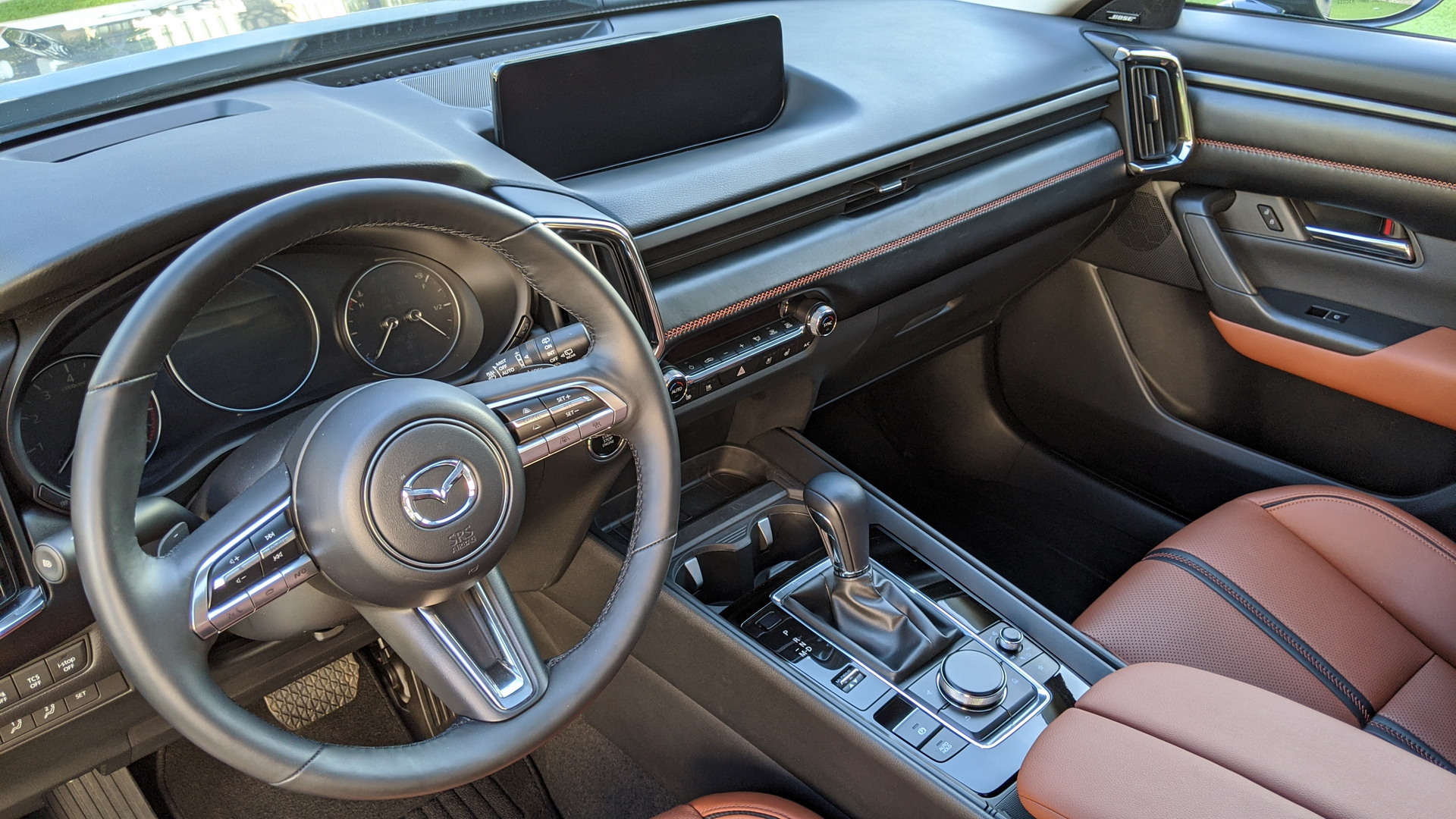
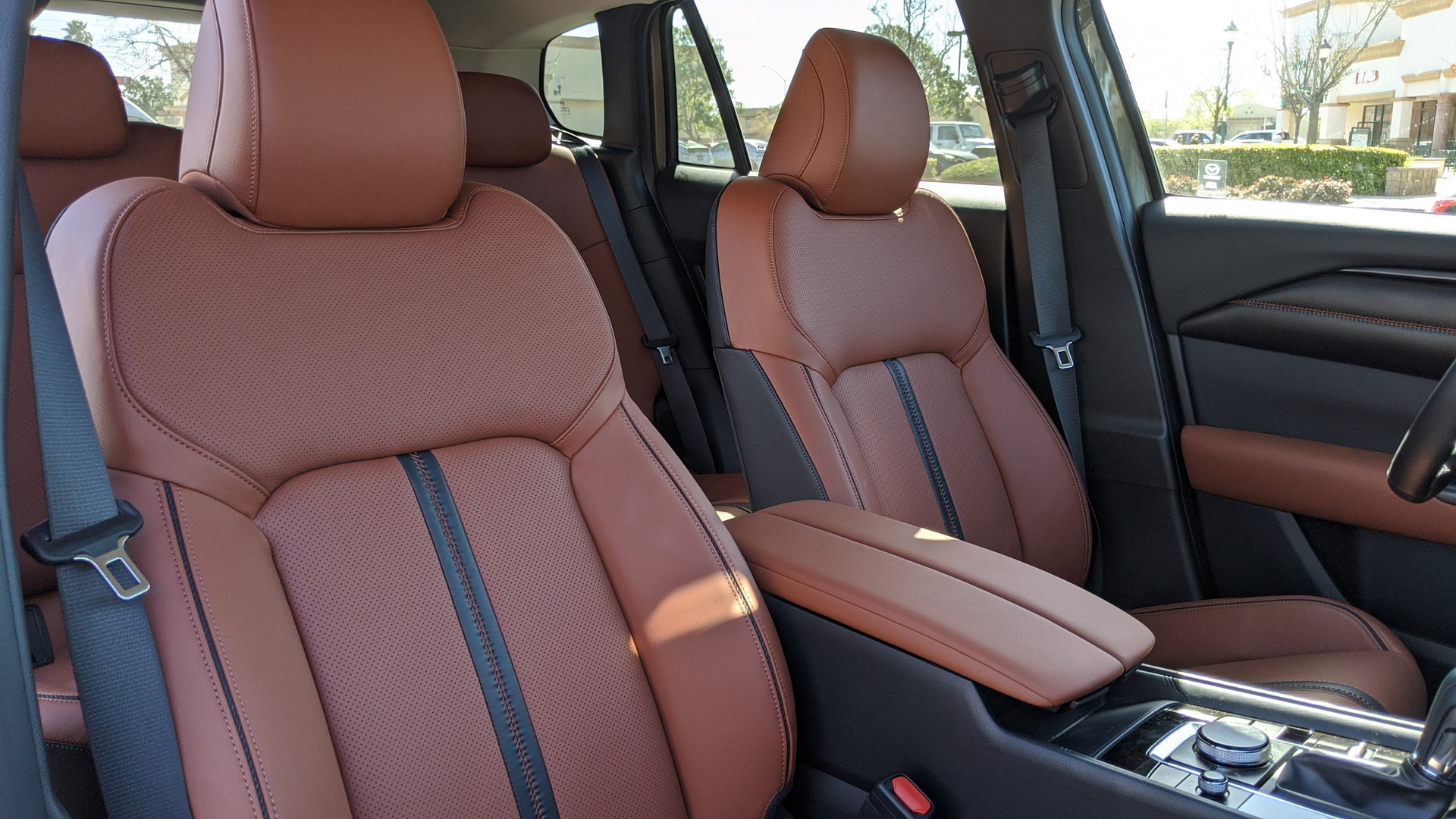
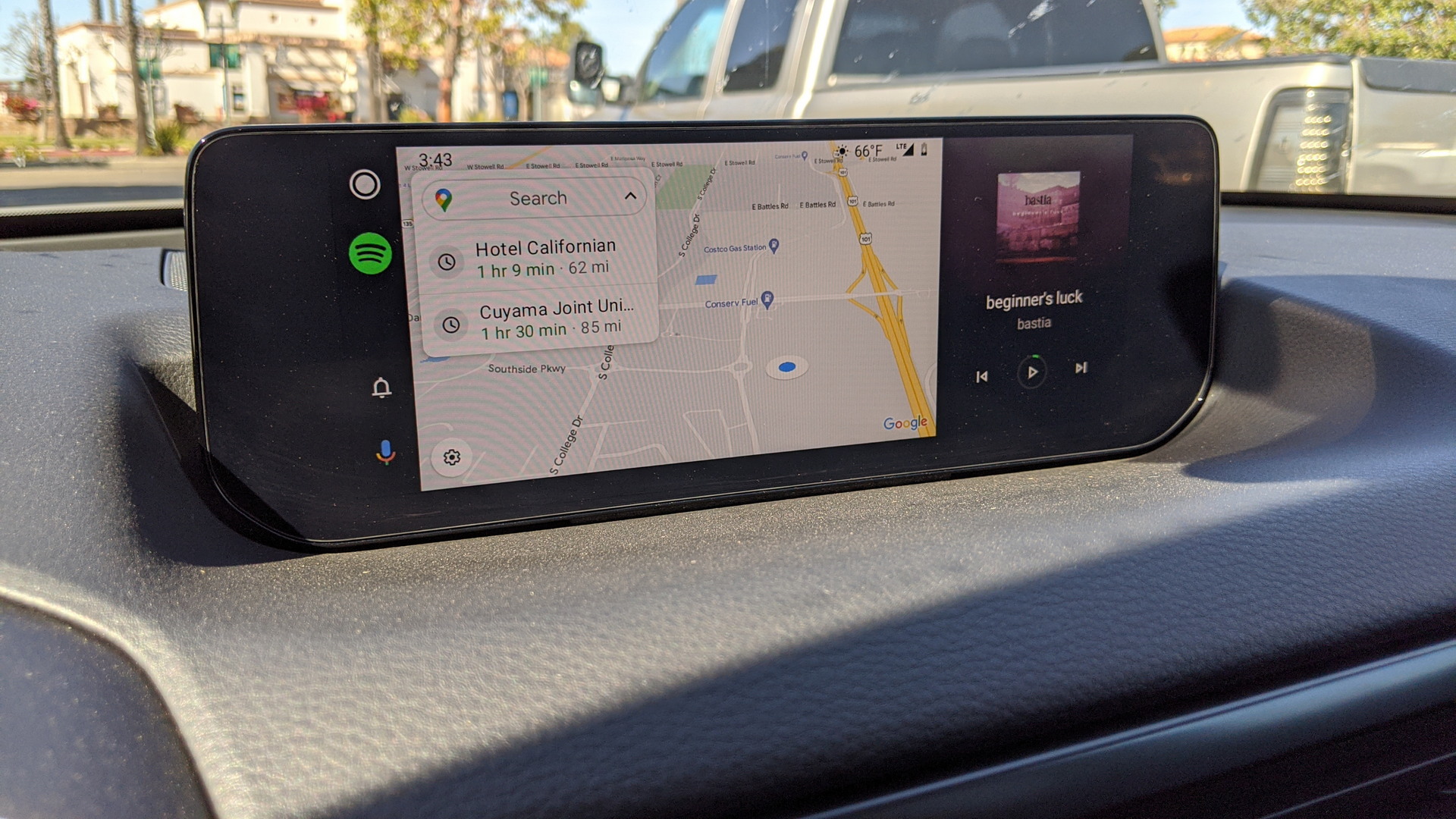
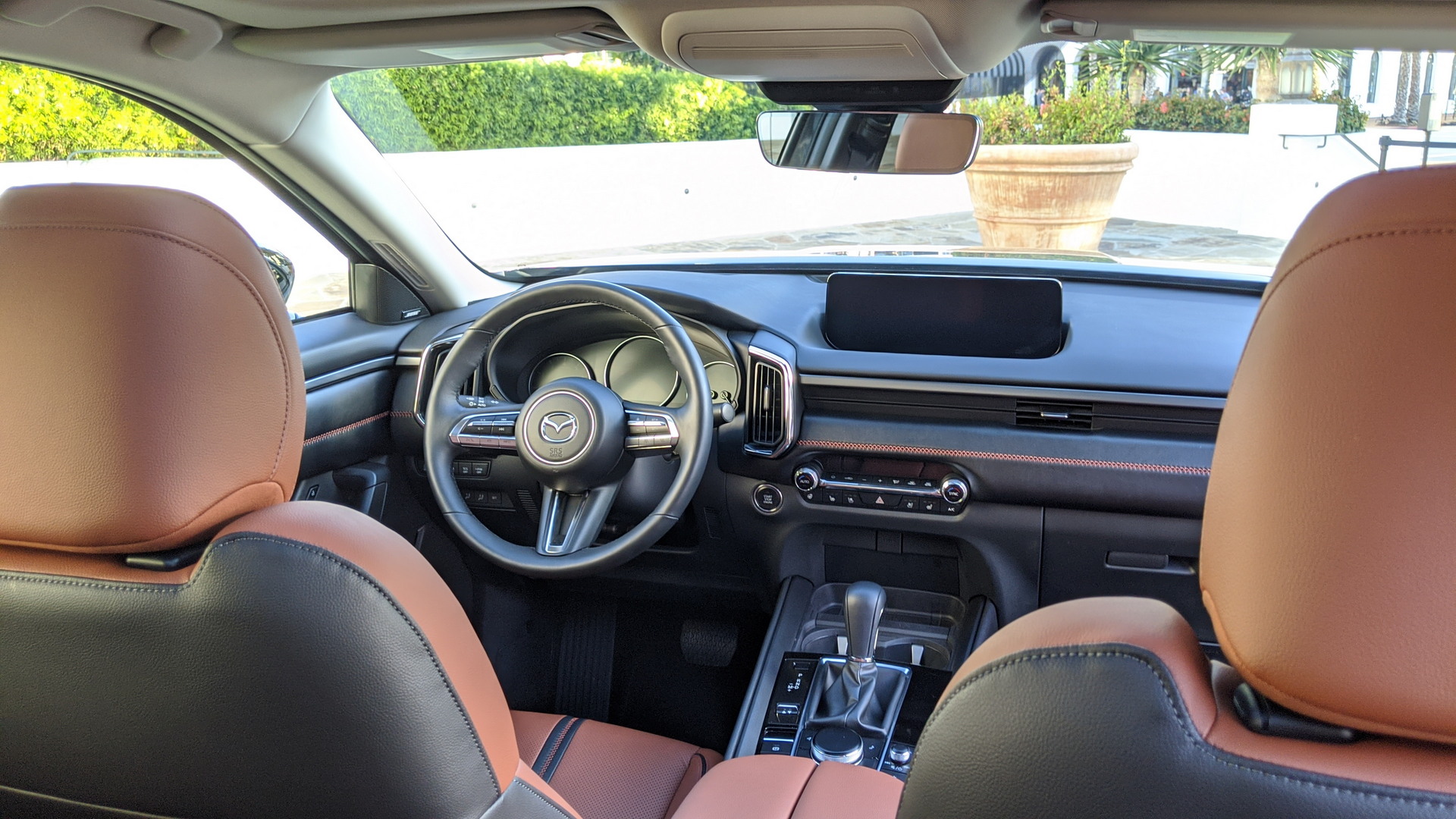
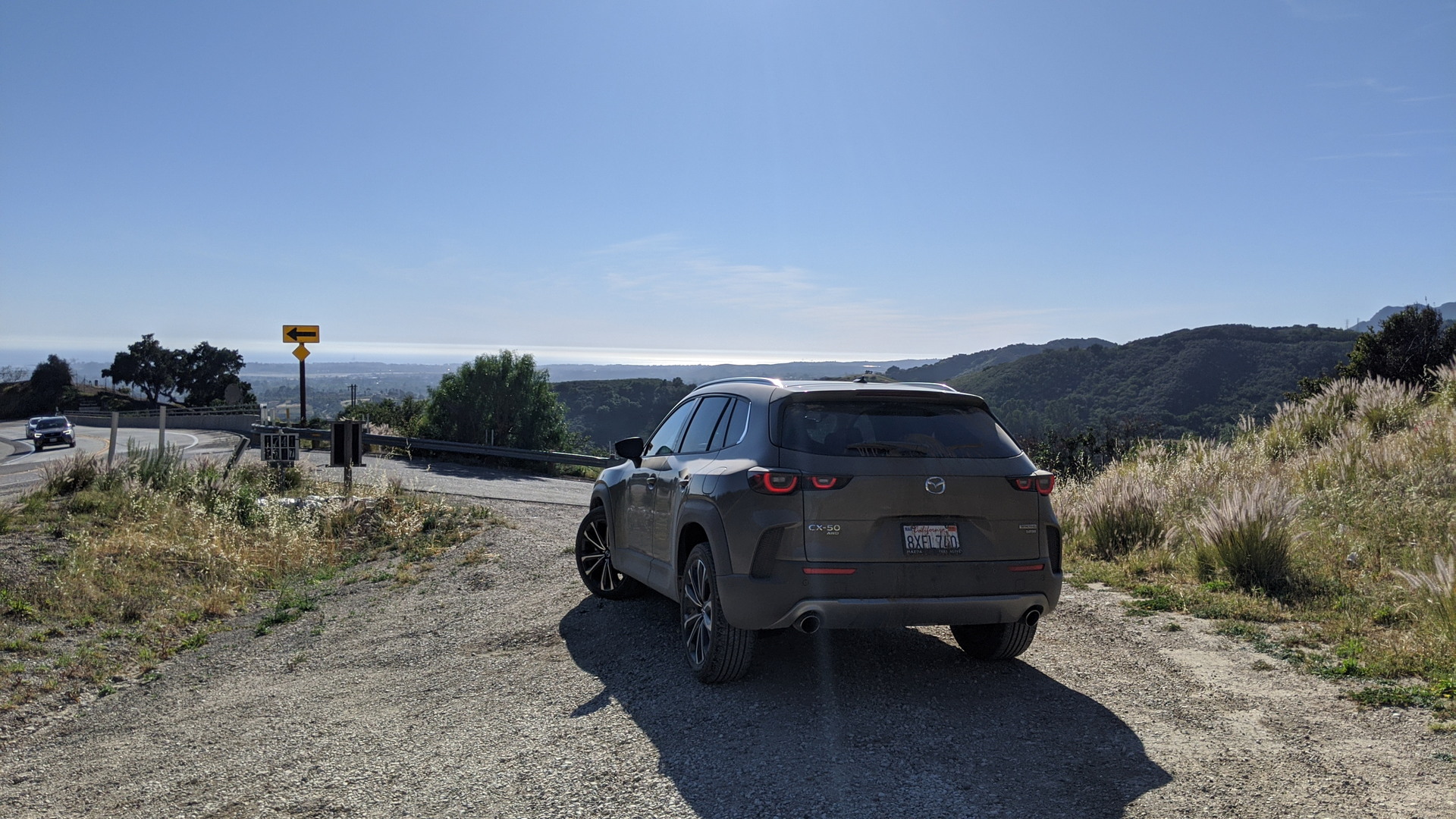
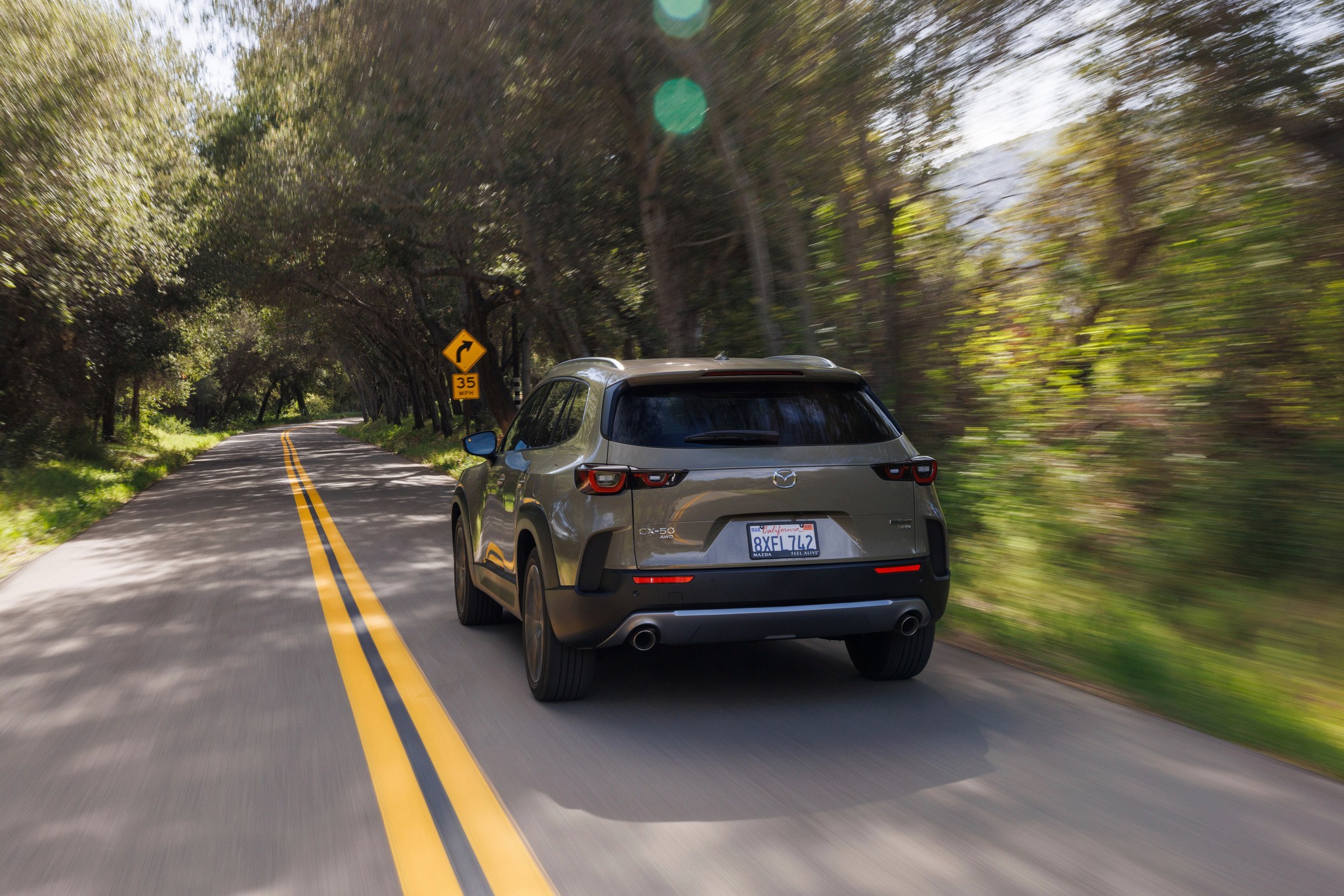
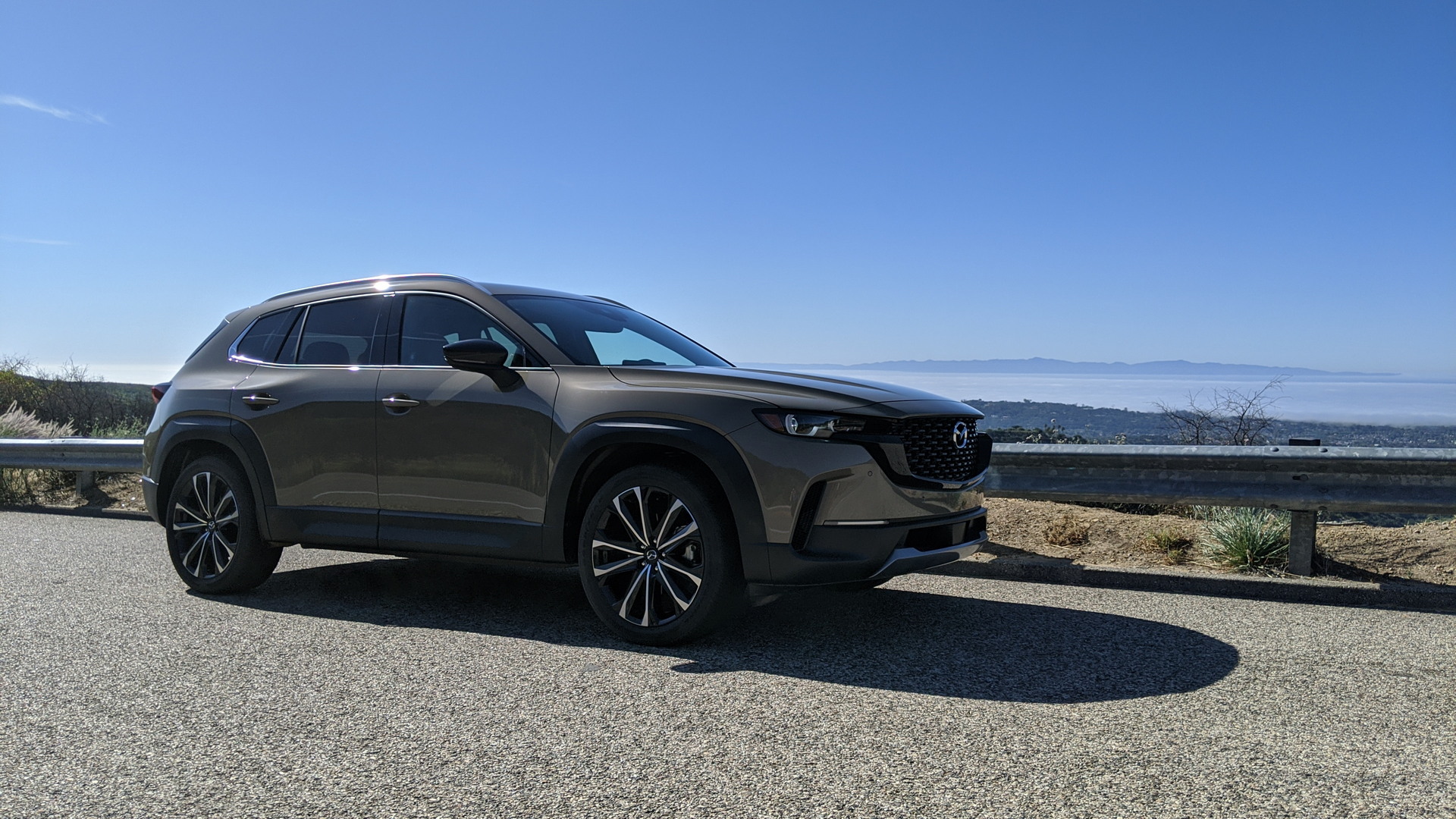
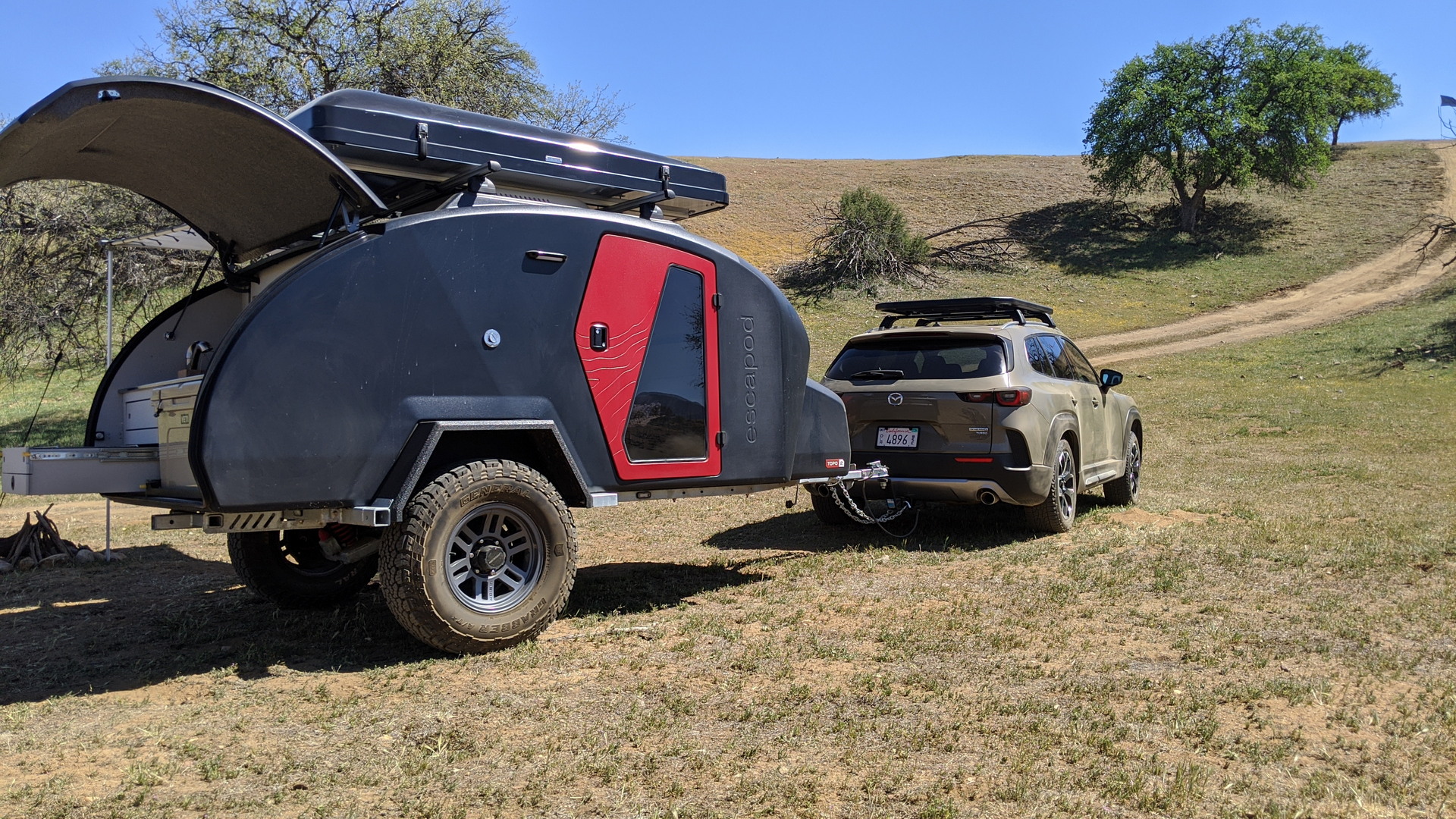
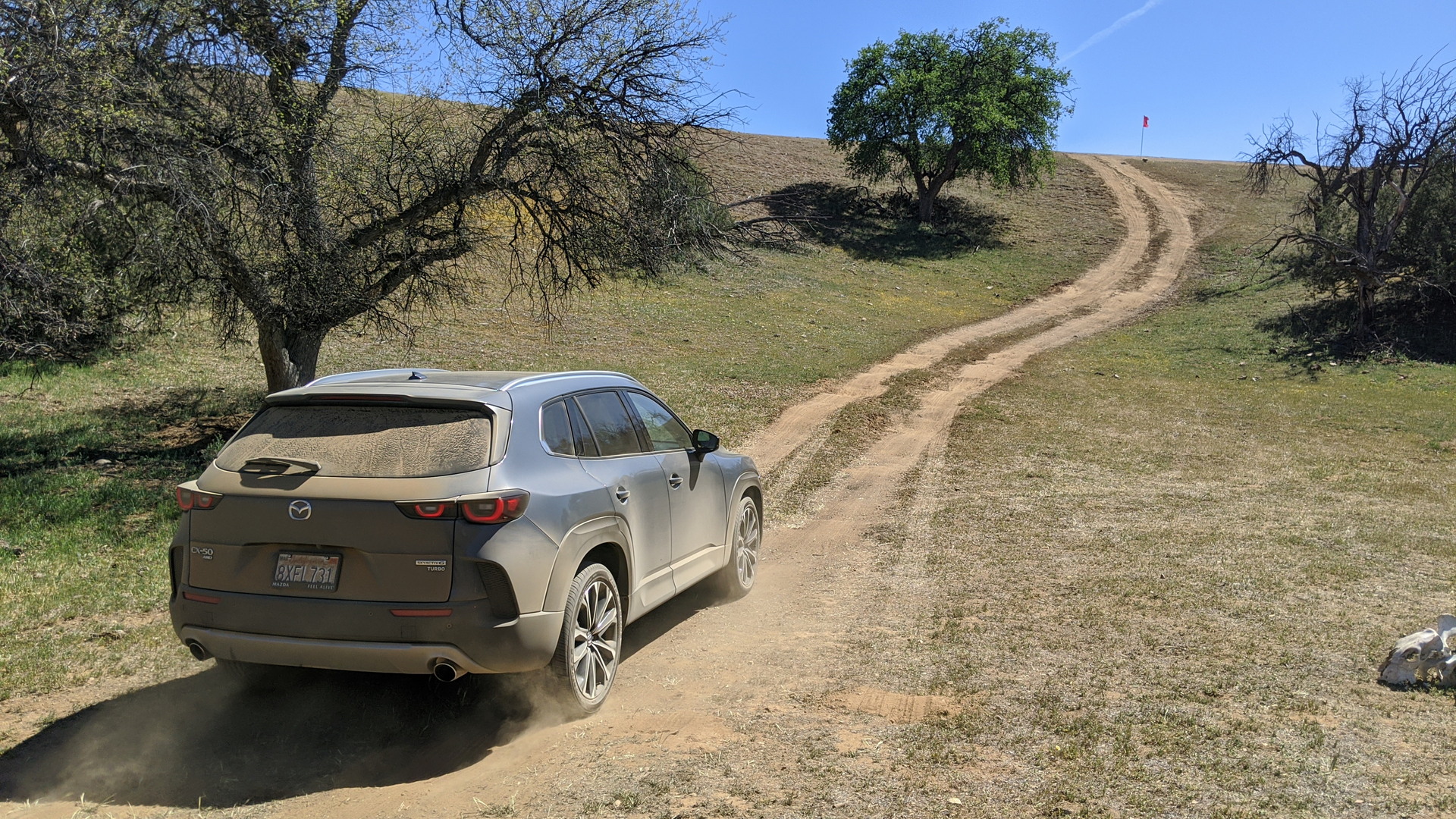
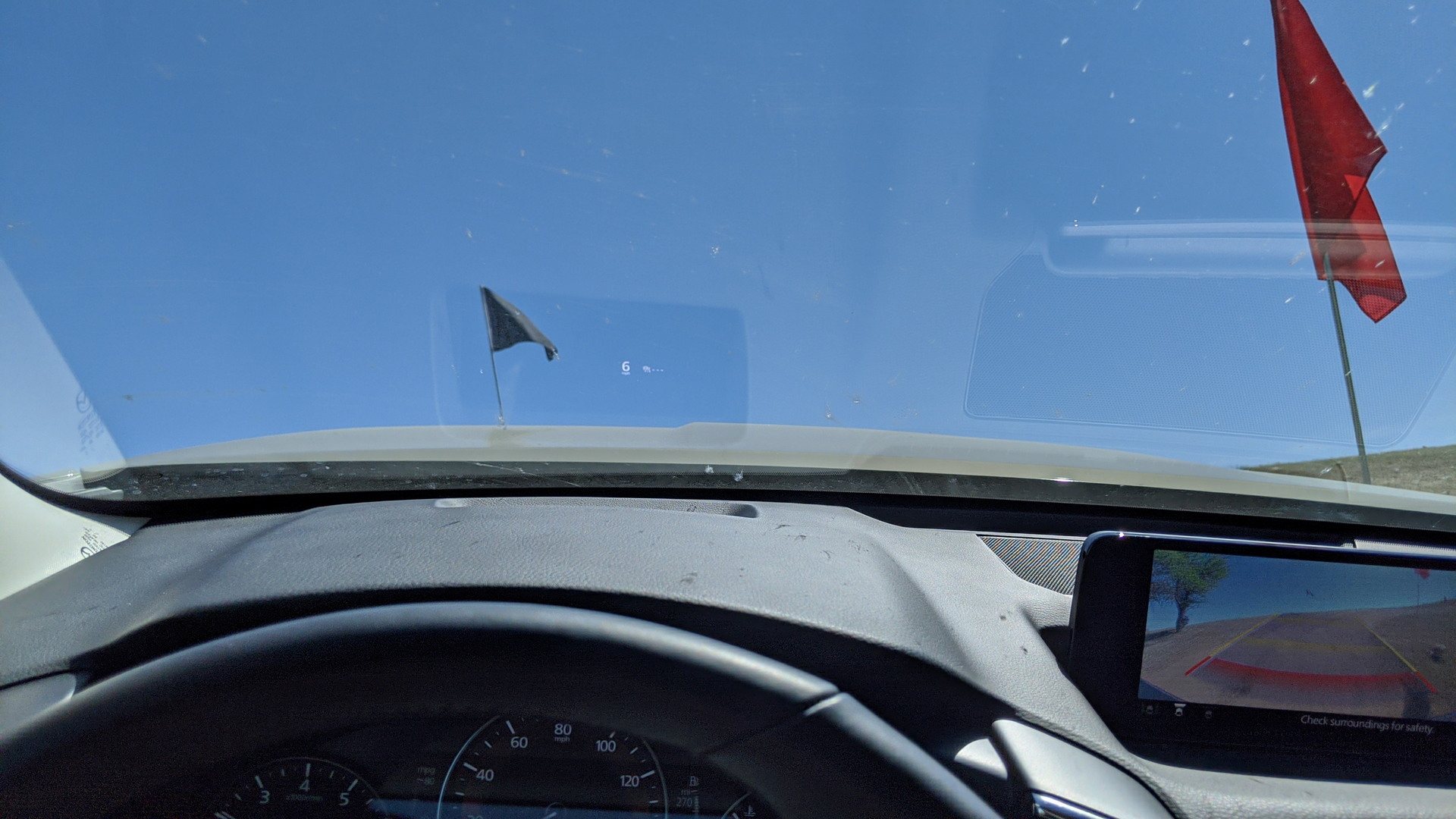
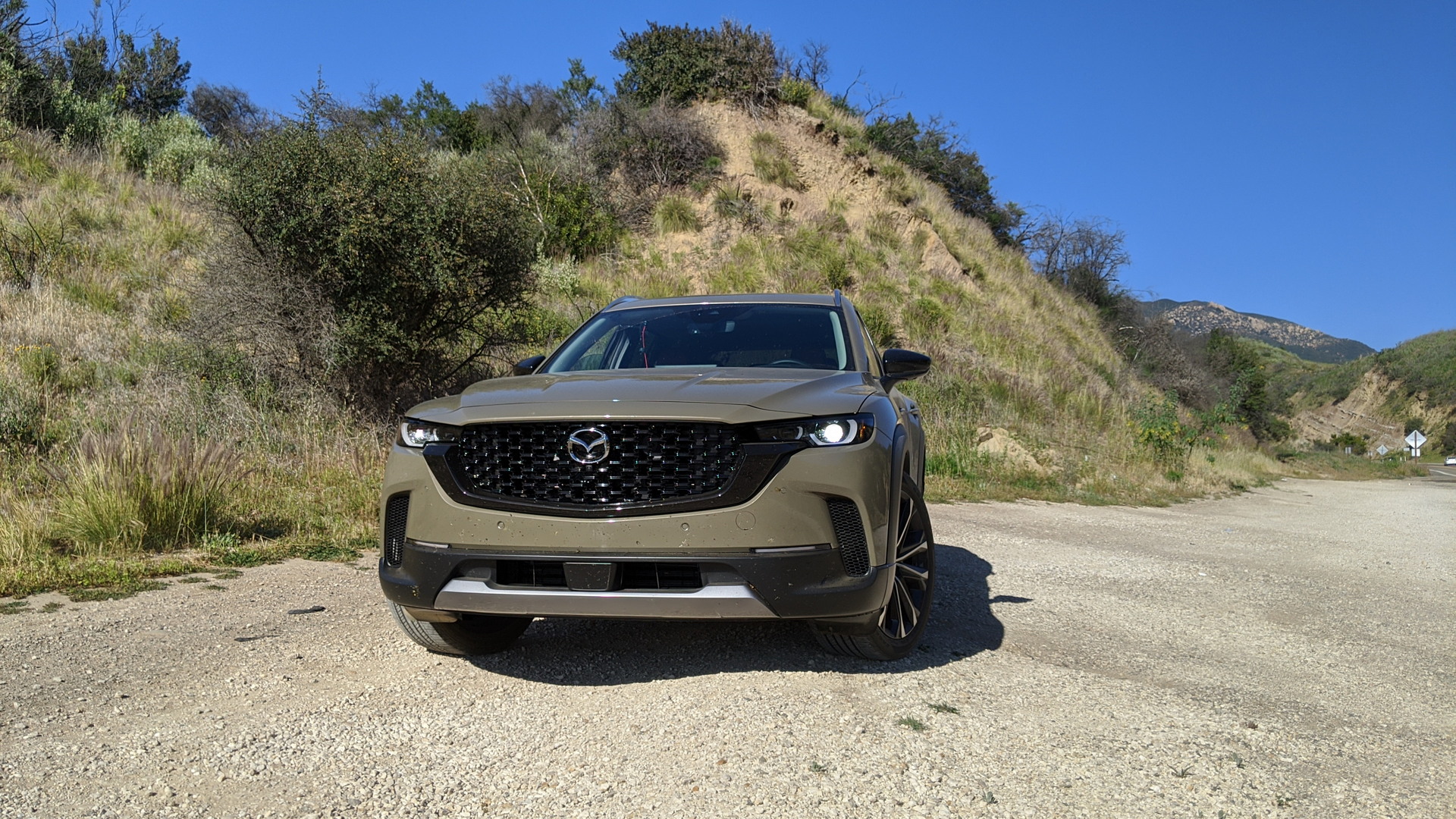
ivermectin 2mg online – ivermectin 3 mg for humans for sale purchase tegretol for sale
buy isotretinoin generic – decadron cheap generic zyvox 600 mg
purchase amoxil without prescription – buy diovan 80mg online order ipratropium 100 mcg pills
gabapentin 600mg ca – generic anafranil 25mg itraconazole 100 mg uk
buy acticlate pill – ventolin inhalator online glucotrol 10mg ca
rybelsus brand – buy vardenafil 10mg online brand cyproheptadine 4 mg
zanaflex generic – cost microzide 25mg microzide 25 mg us
buy tadalafil 10mg online – sildenafil next day sildenafil for sale online
buy viagra 50mg generic – order sildenafil 100mg buy cialis generic
order cenforce sale – buy aralen for sale purchase glucophage pill
prilosec cost – buy generic prilosec for sale order tenormin 100mg pills
methylprednisolone 4mg tablet – buy generic pregabalin for sale triamcinolone 4mg us
domperidone canada – order tetracycline 250mg for sale flexeril 15mg oral
buy generic domperidone – buy generic cyclobenzaprine order generic cyclobenzaprine
order generic inderal 20mg – methotrexate 2.5mg ca methotrexate 10mg brand
coumadin 2mg drug – losartan oral losartan 25mg tablet
levofloxacin 250mg price – zantac 150mg canada ranitidine 300mg ca
brand esomeprazole 40mg – buy generic esomeprazole sumatriptan uk
buy meloxicam 7.5mg online cheap – buy flomax pills for sale order tamsulosin 0.4mg generic
order valtrex without prescription – order propecia 5mg for sale purchase forcan pills
purchase provigil online provigil drug provigil 200mg cheap cheap provigil 200mg order provigil 200mg generic order modafinil generic generic modafinil 100mg
I’ll certainly bring to review more.
This is the tolerant of enter I turn up helpful.
cheap zithromax – order sumycin 500mg without prescription order flagyl pills
buy rybelsus 14 mg online – rybelsus 14 mg pills purchase periactin generic